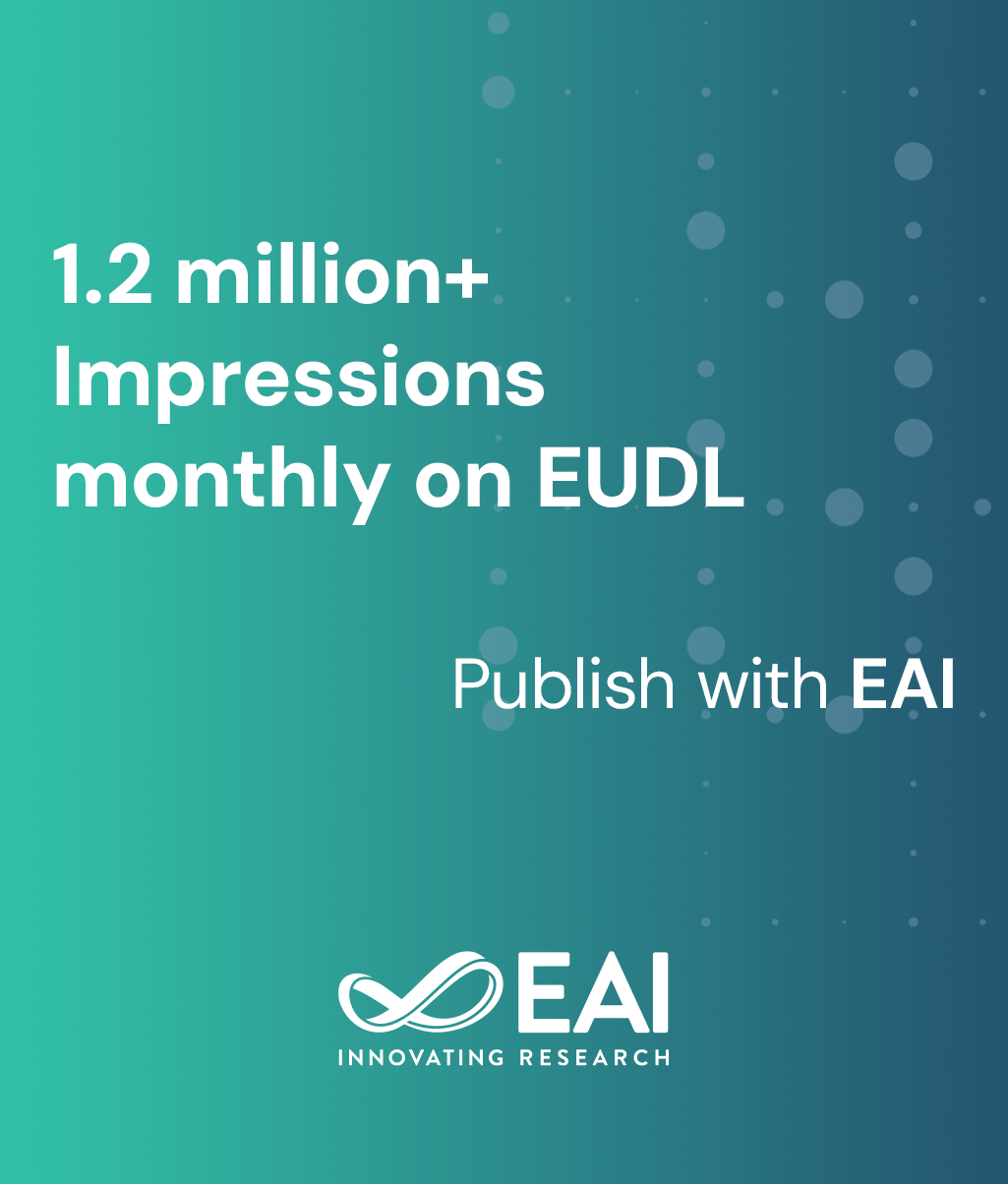
Research Article
Deep Learning Model for Feature Extraction and Anomaly Recognition in High-Dimensional Energy Metering Data
@ARTICLE{10.4108/ew.9363, author={Huakun Que and Zetao Jiang and Zhifeng Zhou and Yongsheng He and Xin Liu}, title={Deep Learning Model for Feature Extraction and Anomaly Recognition in High-Dimensional Energy Metering Data}, journal={EAI Endorsed Transactions on Energy Web}, volume={12}, number={1}, publisher={EAI}, journal_a={EW}, year={2025}, month={8}, keywords={energy consumption, deep learning-based approach, high dimensional energy metering data}, doi={10.4108/ew.9363} }- Huakun Que
Zetao Jiang
Zhifeng Zhou
Yongsheng He
Xin Liu
Year: 2025
Deep Learning Model for Feature Extraction and Anomaly Recognition in High-Dimensional Energy Metering Data
EW
EAI
DOI: 10.4108/ew.9363
Abstract
Introduction:The rapid expansion of energy networks has significantly increased energy consumption, resulting in higher electricity costs. Abnormal energy usage in buildings and industries, often caused by system malfunctions, leads to substantial energy waste. Detecting such anomalies is essential for cost control and efficient energy management. Objectives:This study aims to develop a deep learning-based method to detect anomalies in high-dimensional energy metering data, overcoming the limitations of existing techniques that struggle with data complexity and lack effective contextual analysis. Methods:High-dimensional metering data from a city energy provider is processed using a Convolutional Autoencoder (CAE) to extract deep features and reduce dimensionality. These features are then fed into a Cascaded Long Short-Term Memory (CLSTM) network, which identifies anomalous patterns in the data. Results:The cascaded CLSTM model effectively detects anomalies in the energy consumption data by accurately predicting deviations from normal patterns. Conclusion:The proposed CAE-CLSTM approach enhances anomaly detection in complex energy datasets, enabling more effective monitoring and reducing unnecessary energy waste and costs.
Copyright © 2025 Huakun Que et al., licensed to EAI. This is an open-access article distributed under the terms of the CC BY-NC-SA 4.0, which permits copying, redistributing, remixing, transformation, and building upon the material in any medium so long as the original work is properly cited.


